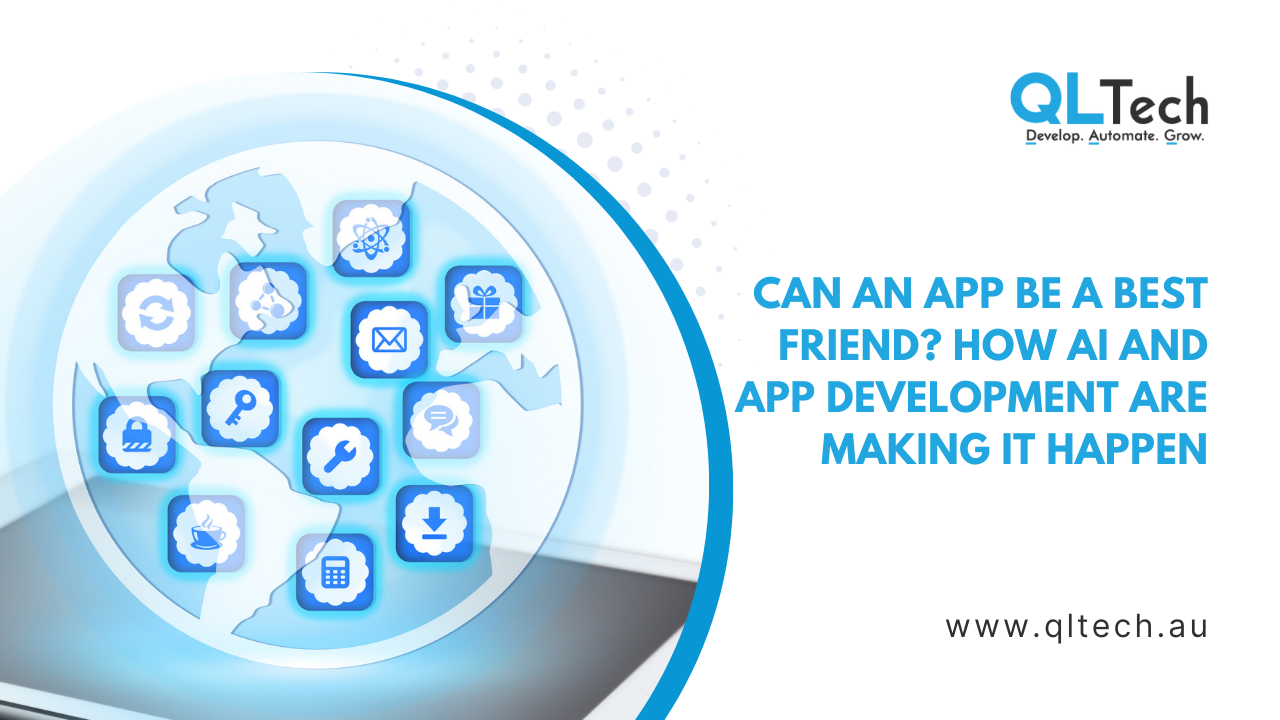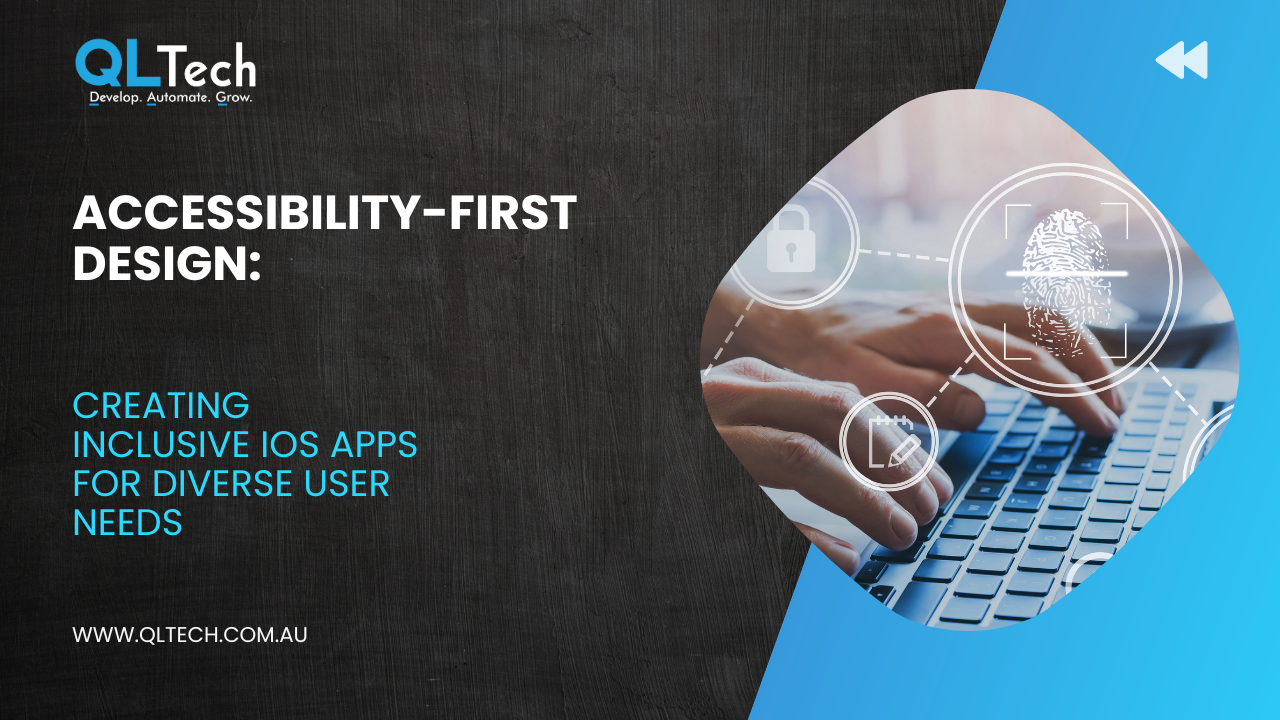Vibecode: The 5-Minute iOS App Revolution You Can’t Ignore
Imagine building a fully functional iPhone app without writing a single line of code—just describing your idea in plain English. Sounds like science fiction? In 2025, it’s called Vibecode.
- Prompt :Describe your app in simple terms.
- Generate :Vibecode’s AI models (like GPT-5, Claude, Qwen 3 Coder) write the code in the background.
- Preview :Test your app instantly on your iPhone or iPad.
- Refine : Add features or make design tweaks with follow-up prompts.
- Publish (Coming Soon) :Upload directly to the App Store.
- For Non-Coders:Opens the doors to entrepreneurs, designers, and hobbyists.
- For Developers:Speeds up prototyping and idea validation.
- For Startups:Cuts down MVP creation time from months to hours.
- For Education:Perfect for teaching app design without the coding barrier.
- Occasional bugs in generated apps
- Paywalls for advanced features
- Limited customisation for complex logic

From Idea to App in Minutes
Launched in June 2025, Vibecode is a game-changing iOS app that lets you turn natural language prompts into fully functional mobile apps. You simply type (or speak) your idea—like “Create a habit tracker with daily reminders and a pastel color scheme”—and Vibecode’s AI instantly generates it for you.
It’s not just a tech demo. The platform has already powered 40,000+ apps in just weeks, from productivity tools to creative projects.
Backed by Big Names
The hype isn’t unfounded. In August 2025, Vibecode raised $9.4 million in seed funding led by Alexis Ohanian’s Seven Seven Six, with backing from tech giants and top VCs. The vision is clear—make app creation as easy as making a TikTok video.
This is part of a bigger trend dubbed “apps as content”—where building an app becomes something everyday creators can do, not just professional developers.
The 5-Minute Demo That Stunned Developers
Co-founder Riley Brown recently went viral for creating an iPad app in just 5 minutes. No code, no complex tools—just natural language prompts and a sleek Vibecode interface. The upcoming “Upload to App Store” feature will let creators publish instantly, turning ideas into public apps in record time.
How Vibecode Works
Why It’s a Big Deal
The Catch
Early reviews praise Vibecode’s ease of use but note some challenges:
Like all emerging AI tools, it’s powerful—but not yet perfect.
Final Thoughts
Vibecode isn’t just another no-code platform—it’s a glimpse into a future where building an app is as quick and casual as sending a text. For creators, educators, and entrepreneurs, that future starts now.







